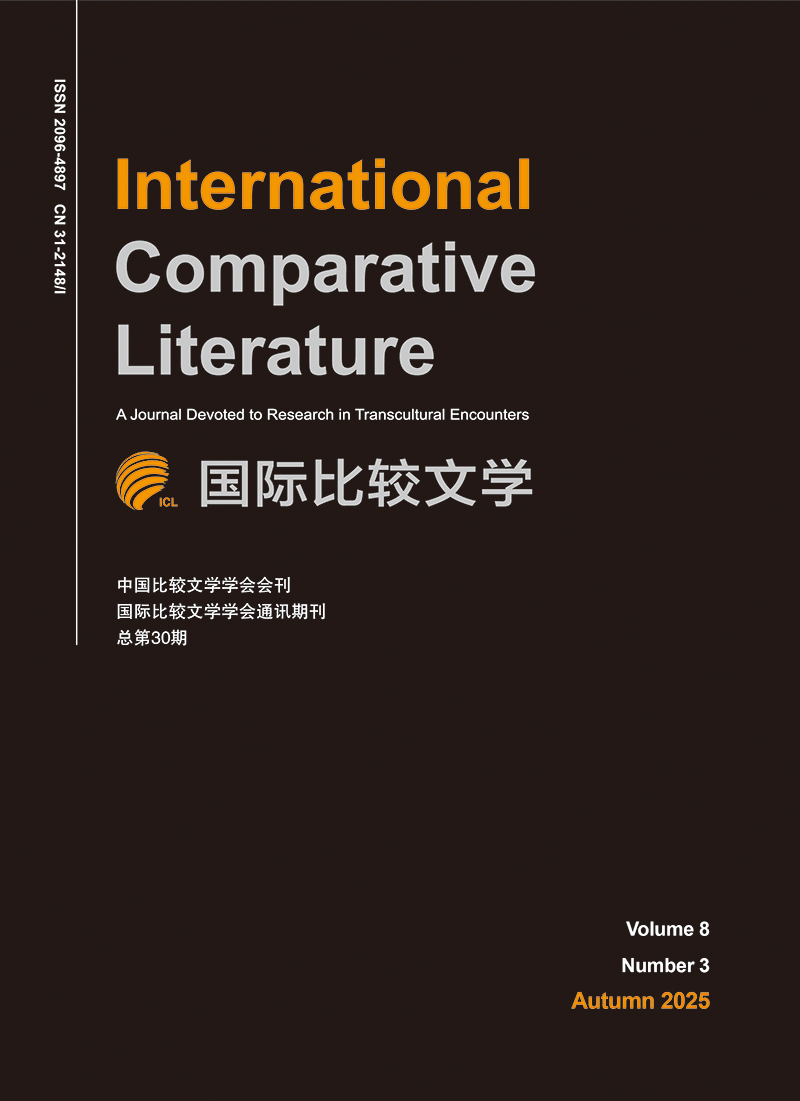2019 Vol. 2, No. 4
Display Method:
2019, 2(4): 601-613.
Abstract:
2019, 2(4): 614-632.
Abstract:
2019, 2(4): 633-657.
Abstract:
2019, 2(4): 658-670.
Abstract:
2019, 2(4): 671-683.
Abstract:
2019, 2(4): 684-711.
Abstract:
2019, 2(4): 728-750.
Abstract:
2019, 2(4): 791-802.
Abstract:


